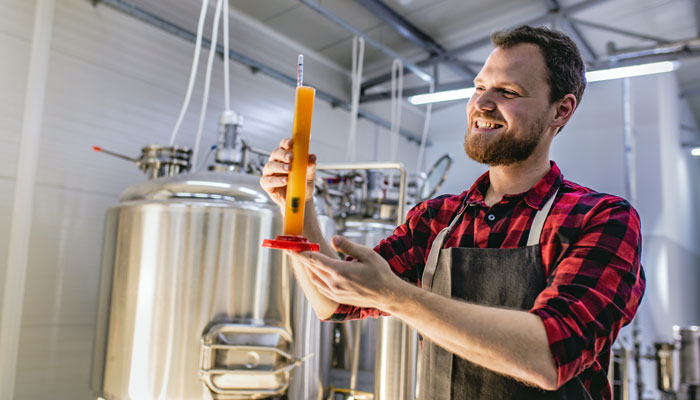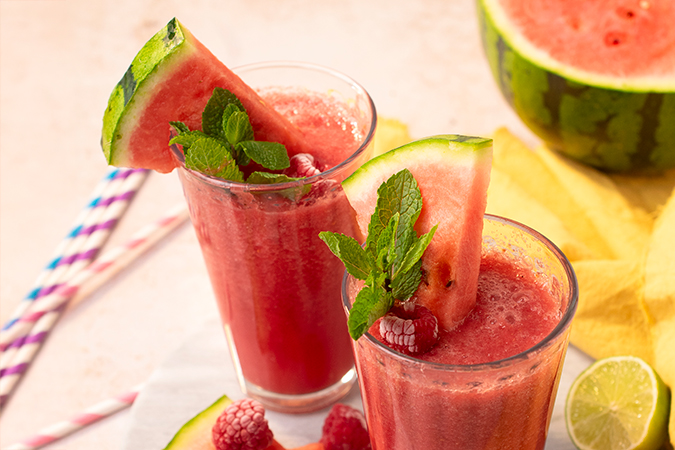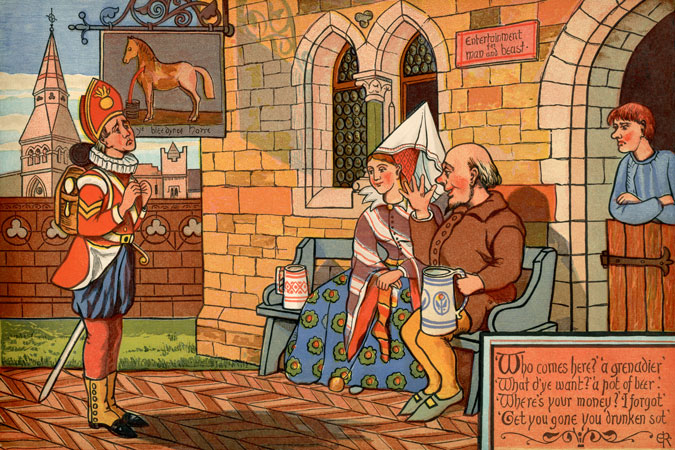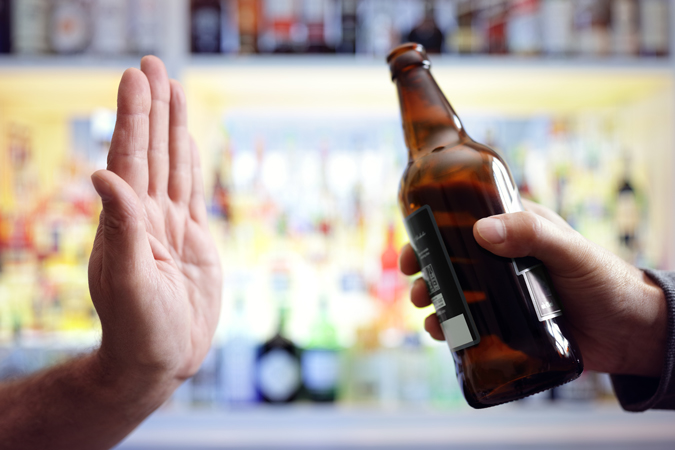This blogpost was updated in June 2025
What do low alcohol and alcohol-free actually mean?
- Alcohol-free means there is no more than 0.05% alcohol by volume (ABV). “Alcohol-free” can be used on alcohol substitutes like beer, wine or gin, where the alcohol has been removed. Soft drinks, which do not have alcohol to begin with, are not required to have any alcohol-free labelling.
- Low alcohol drinks must be no more than 1.2% ABV.
- De-alcoholised refers to drinks where the alcohol has been removed, making it no more than 0.5% ABV.
- Non-alcoholic refers to drinks that do not contain alcohol, such as soft drinks like cola and orange juice, as well as mocktails (non-alcoholic cocktails).
- Reduced alcohol drinks have a lower alcohol content than the average strength of that type of drink.
Collectively these drinks are sometimes referred to as “NoLo”.
Is it a good idea to drink less alcohol?
One of our Cancer Prevention Recommendations is to limit alcohol. But to reduce your cancer risk as much as possible, it’s better to not drink at all, as any amount of alcohol can increase your risk of cancer. However, we recognise it’s not easy for everyone.
Concerns over alcohol have led some people, especially younger people, to adopt different approaches, such as:
- Zebra striping, when you alternate between alcoholic and non-alcoholic drinks.
- Damp drinking, when you cut back on how much you drink, instead of going completely ‘dry’ and giving up alcohol altogether.
Are alcohol-free drinks better than normal soft drinks?
People can feel under a lot of pressure to drink in social situations, so low alcohol drinks may be a good option for some people to reduce the number of units they drink. Cutting back on alcohol will reduce the risk of alcohol-related conditions, including cancer.
Low and no-alcohol drinks can also be useful for people if they simply like the taste of lager or gin, but want to avoid the alcohol.
However, low alcohol drinks are marketed and promoted as a replacement for standard alcoholic drinks, so aim to recreate their taste, look and feel – they often have similar adverts, cans or bottles. This may reinforce a drinking culture, which we know has negative implications for our health. For example, promoting low alcohol drinks at sports events still promotes the alcohol brand. Low alcohol beers as part of meal deals also promotes the brand.
More research is needed on the impact of these drinks.
Are alcohol-free drinks full of sugar?
Just like alcoholic drinks, the sugar and calories in low or no-alcohol drinks varies a lot. That’s why it’s best for your health if you opt for smaller sizes – 125ml of low alcohol wine rather than a large glass. If you’re having alcohol-free spirits, you could use mixers such as sugar-free soft drinks, soda or tonic water.
You could also choose a bottle of low alcohol/alcohol-free beer rather than a pint, although the sugar content in many low alcohol beers has been found to be much higher than in their alcoholic counterparts.
While it’s a good idea to check the label for the amount of sugar and calories a drink contains, it’s not mandatory for the manufacturer to list this on the pack. You could check the ingredient list to see if sugar is added. But it is worth remembering that fruit juice, purees or concentrates will also contribute to the sugar content.
We know that sugar-sweetened drinks are linked to weight gain, which in turn can increase the risk of cancer. We recommend that people limit sugar-sweetened drinks and choose mostly water and unsweetened drinks.
How is alcohol removed from drinks?
There are a few different methods for removing alcohol from drinks, depending on the drink and the preference of the brewer, distiller or wine maker.
- Boiling: This can impair the taste of the drink so is usually done very slowly to avoid the drink being “cooked” (think mulled wine, which is often lower in alcohol than normal red wine).
- Reverse osmosis: This is where alcohol and water are passed through a thin layer. The residue that is left behind (the bit that makes it taste like wine) then has the water added back to it – but crucially not the alcohol.
- Vacuum or thermal distillation: Like with boiling, this uses heat to remove the alcohol.
- Cold filtration: This process allows the alcohol to be filtered out while keeping its taste and character.
Or it could be a drink that hasn’t been fermented in the first place – but this will taste more like grape juice than wine!
So what’s the verdict on low and no-alcohol drinks?
You shouldn’t feel under pressure to drink alcohol socially – but many people do. So if you like the taste but want to cut down on alcohol, alcohol-free and low alcohol drinks can be a good choice.
If you are concerned about your or a friend’s drinking, seek advice from the NHS.




